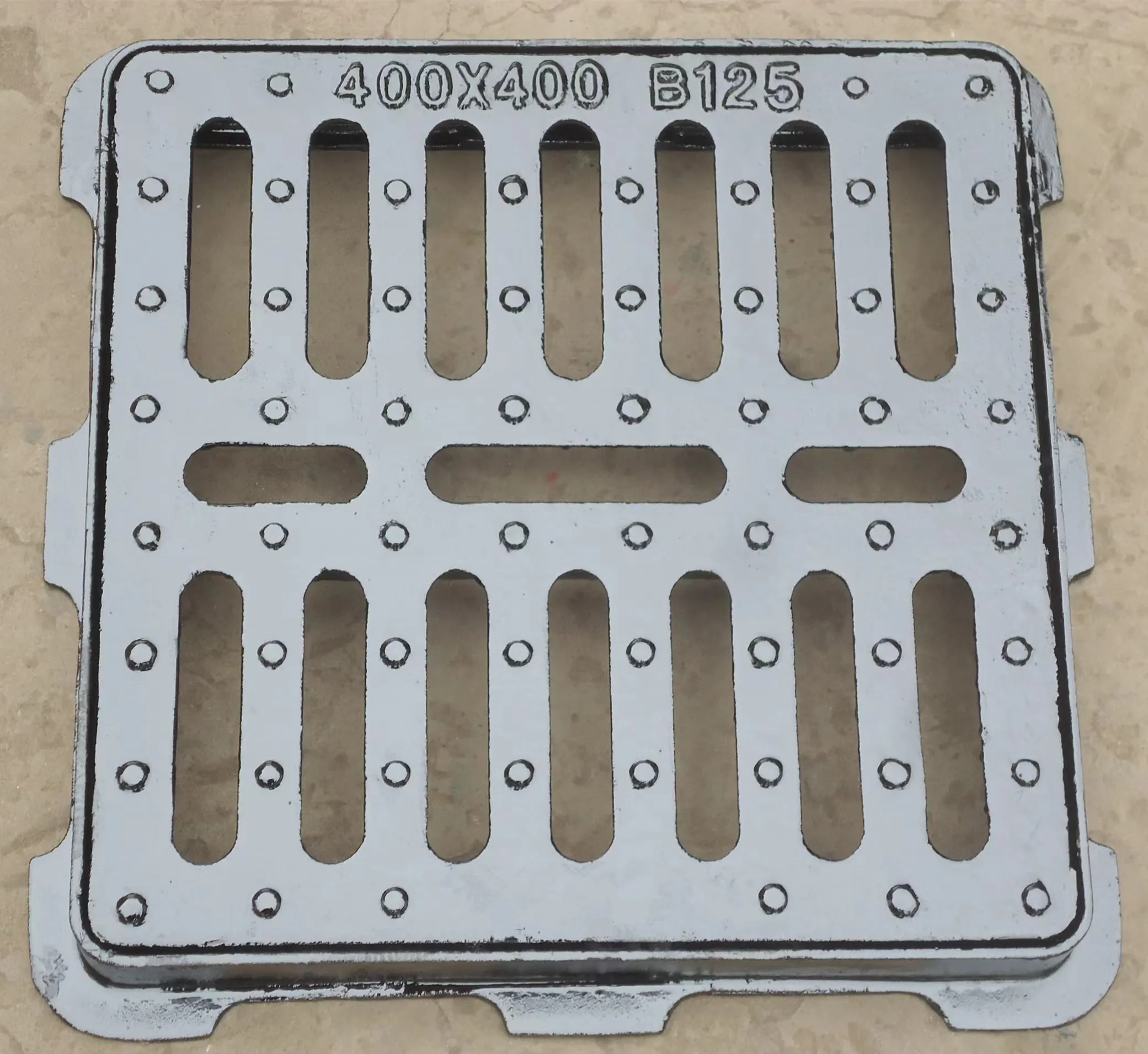electric operated butterfly valve
Electric Operated Butterfly Valve An Overview
Electric operated butterfly valves are critical components in various industrial applications, providing reliable flow control within piping systems. With the ability to efficiently regulate, start, and stop the flow of liquids and gases, these valves are widely used in sectors ranging from water treatment and chemical processing to HVAC systems and food manufacturing. Understanding their working principles, advantages, applications, and maintenance requirements is essential for engineers and operators alike.
Working Principle
A butterfly valve consists of a circular disc mounted on a shaft that is positioned within a pipeline. When the valve is actuated, this disc rotates around its axis, allowing flow to pass through when open and blocking it when closed. The butterfly design minimizes the flow resistance, making it an efficient choice for managing large volumes of fluids. An electric actuator is connected to the valve, providing precise control over the opening and closing actions, often via remote operations.
Electric actuators typically make use of either a rotary or linear mechanism to drive the valve disc. In rotary actuators, which are most common with butterfly valves, the motor's rotation directly turns the valve disc. These actuators can be equipped with various control features, including position sensors and feedback loops, ensuring accurate and timely responses to system demands.
Advantages
1. Efficiency and Speed Electric operations allow for rapid valve movements, enabling quick adjustments during operational demands. Unlike pneumatic or hydraulic systems, electric actuators do not require additional air or fluid pressures, streamlining the installation process.
2. Energy Savings Electric butterfly valves consume less energy for operation compared to traditional pneumatic systems, especially where compressed air might lead to higher operational costs. The ability to manage energy consumption effectively makes them an attractive option for facility managers.
3. Precision Control Electric actuators enable precise control of the valve position, which is particularly beneficial in processes that require fine-tuning of flow rates. This accuracy helps improve system performance and reduces waste in industrial environments.
4. Reduced Maintenance With fewer moving parts and the absence of hydraulic seals found in traditional actuators, electric operated butterfly valves typically require less maintenance. This reliability can lead to reduced downtime and lower operational costs.
electric operated butterfly valve

5. Versatility These valves can be used in a variety of applications and are designed to handle different fluid types, including corrosive substances, slurries, and high-temperature fluids, based on the materials they are made from.
Applications
Electric operated butterfly valves are used in numerous industries
- Water Supply and Distribution They regulate and control flow in municipal water systems and wastewater treatment facilities. - Oil and Gas They manage flow in pipelines, refineries, and drilling operations, often in demanding environments. - Chemical Processing They control the flow of various chemicals, ensuring safety and compliance with industry standards. - Food and Beverage These valves ensure sanitary processing conditions and precise flow control in production lines. - HVAC Systems They manage airflow within heating, ventilation, and air conditioning systems, contributing to energy efficiency.
Maintenance
While electric operated butterfly valves are generally low-maintenance, regular inspections are still necessary to ensure reliability and performance. Key maintenance practices include
- Routine Inspections Check for any signs of wear or corrosion, particularly on the valve body and seals. - Calibration Regularly calibrate the electric actuator to ensure accurate positioning and response. - Software Updates Keep the actuator's control system updated to benefit from the latest features and enhancements. - Testing and Repairs Conduct functional tests to ensure proper operation and make necessary repairs promptly to avoid extended downtimes.
Conclusion
Electric operated butterfly valves combine efficiency, accuracy, and reliability, making them an ideal choice for various industrial applications. With proper maintenance and application-specific adjustments, these valves can significantly enhance operational control while reducing energy consumption and resource waste. As industries continue to evolve, the adoption of such advanced technologies will likely play a pivotal role in achieving sustainable operational practices.
-
The Smarter Choice for Pedestrian AreasNewsJun.30,2025
-
The Gold Standard in Round Drain CoversNewsJun.30,2025
-
The Gold Standard in Manhole Cover SystemsNewsJun.30,2025
-
Superior Drainage Solutions with Premium Gully GratesNewsJun.30,2025
-
Superior Drainage Solutions for Global InfrastructureNewsJun.30,2025
-
Square Manhole Solutions for Modern InfrastructureNewsJun.30,2025
-
Premium Manhole Covers for Modern InfrastructureNewsJun.30,2025
